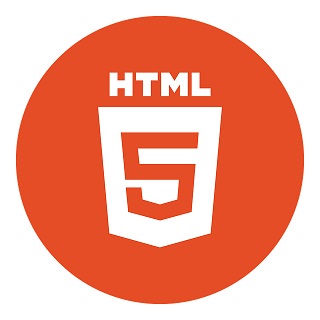HTML Tutorial
Chapter 5 – HTML Text Styles and Formatting
Welcome to Chapter 5 of HTML Tutorials. In the previous tutorial, we learnt about HTML line breaks and horizontal line.
In this tutorial, we shall learn how can we add styles and formatting on our HTML textual elements.
HTML “style” is a CSS (Cascading Style Sheet) attribute which is used to add custom styling and formatting to the HTML elements. In this tutorial, we will not go deep into CSS as it is a separate topic in depth which is used for styling all types of HTML elements such as DIVs, Images, Links, Texts etc.
In this tutorial, let us learn how can we add styles and formatting to text elements.

Styling Syntax:
To set the style of an element, following HTML syntax is to be used:
<tag style=”CSS property:CSS value;”>
An example is shown below for reference:
<div style=”font-size:100px;”>
Multiple properties can be added as shown in the below example:
<div style=”font-size:100px;font-weight:100;”>
Styling Properties:
Let us go through some of the properties for styling textual elements.
You can try running these code snippets on our Online HTML Editor to view the output.
- Font Style
To apply a particular font on the a text, you can use the “font-family” CSS property as shown below
HTML: <p style=”font-family:verdana”>This is in Verdana Font</p>
Output:This is in Verdana Font
-
Font size
To set a specific font size for a textual element, you can use the “font-size” CSS property as shown below:
HTML: <p style=”font-size:25px”>This is Large text</p>
Output:This is Large text
-
Font color
To set a specific font color for a textual element, you can use the “color” CSS property as shown below:
HTML: <p style=”color:red”>This text is in red color</p>
Output:This text is in red color
-
Background color
To set a background color for any HTML element (irrespective of whether it is text or not), you can use “background-color” CSS property as shown below:
HTML: <p style=”background-color:cyan”>The background is cyan</p>
Output:The background is cyan
You can either use specific color names or hex color codes or RGB color codes to set the color in font color and background color properties.
-
Aligning Text
To align a text either towards left, right or center, you can use the “text-align” CSS property as shown below:
The text-align property can have value as “center”, “left” or “right” as per your needs.
HTML: <p style=”text-align:center”>The text is aligned towards the center”</p>
Output:The text is aligned towards the center
Text Formatting:
Now, let us check how you can do Text formatting using HTML
-
Bold:
To make a specific text look bold, you can use <b> tag as shown below;
HTML: This is <b>Bold Text</b>
Output: This is Bold Text -
Italics
To display text in italics, you can use <i> tag as shown below:
HTML: This text is in <i>Italics</i>
Output:This text is in Italics -
Underline
To display text in underline format, you can use <u> tag as shown below:
HTML: This text is <u>having underline.</u>
Output: This text is having underline. -
Superscript
To display text as a Superscript, you can use <sup> tag as shown below:
HTML: This text is <sup>Superscript</sup>
Output: This text is Superscript -
Subscript
To display text as Subscript, you can use <sub> tag as shown below:
HTML: This text is <sub>Subscript</sub>
Output: This text is Subscript -
Strikethrough
To display a text in strikethrough format, you can use <s> tag as shown below:
HTML: This text is <s>Deleted</s>
Output: This text isDeleted
Hope you liked reading this tutorial, see you in next chapter to explore HTML in further details.
Next Chapter Chapter 6 - HTML Comments
FREE Sales CRM Software
Fully customizable CRM Software for Freelancers and Small Businesses

